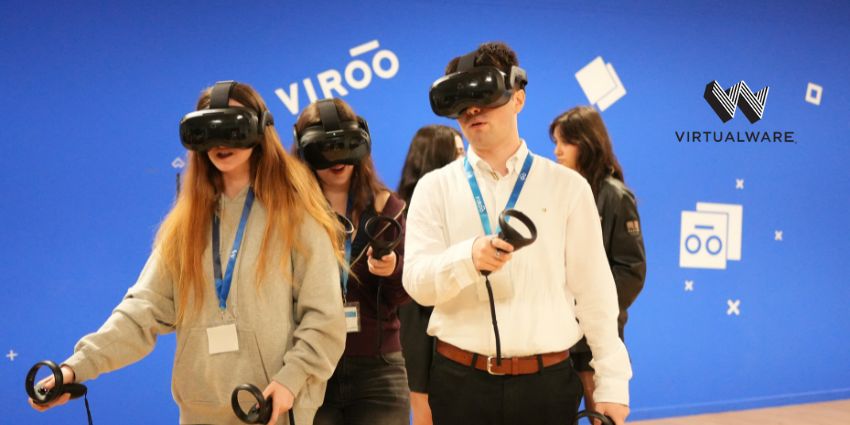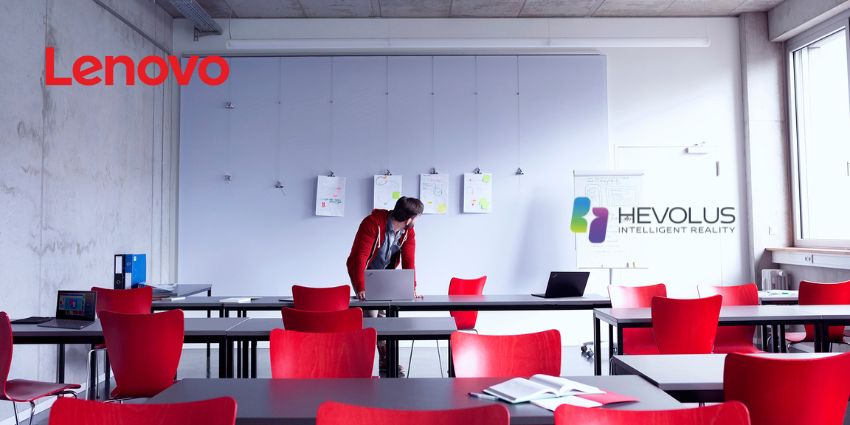The University of South Australia’s new SiteSeer virtual reality platform demonstrates how immersive technology can transform technical training in ways that address persistent business challenges.
Construction and architecture firms know the training dilemma well: physical site visits are inconsistent, logistically complex, and pose safety risks. These constraints lead to extended onboarding times and knowledge gaps that directly impact project outcomes.
Connecting Theory to Practice
SiteSeer creates a realistic digital environment – similar to a computer game – that mirrors construction sites in remarkable detail. What makes this platform particularly relevant for enterprise adoption is its comprehensive approach – it features over 70 distinct construction phases for a double-storey studio.
“Organising site visits is challenging because there’s no way to ensure consistent experiences,” explains Dr. Sean Pickersgill, Senior Lecturer at UniSA. This standardisation challenge is felt particularly strongly in corporate settings, where training consistency directly impacts quality assurance and risk management.
The platform has already been tested by more than 1,000 students as part of UniSA’s curriculum. Its evolution from an earlier version, developed in 2015, has undergone continuous improvement based on real user feedback – a development approach that aligns with enterprise software standards.
Business Benefits Worth Noting
While developed for education, SiteSeer could be used for enterprise training programs, as it delivers:
- Consistency: Every trainee experiences identical scenarios, eliminating the variability of different instructors or conditions
- Safety: High-risk procedures can be practiced without actual danger
- Efficiency: Training continues regardless of weather, project schedules, or location constraints
- Comprehensive Coverage: Learners experience every process phase, not just those happening during their training period
The gamified nature of the platform also increases engagement among younger workers, a critical consideration as companies compete for digital-native talent who expect modern training approaches.
Beyond Construction Applications
The most important capability of SiteSeer is its ability to help users translate 2D plans into 3D structures – bridging the gap between theory and execution. This capability addresses a common challenge in many technical fields, where employees must frequently move between abstract representations and physical implementation.
Manufacturing, healthcare, aviation, and energy sectors face similar challenges in technical training. The approach pioneered by UniSA offers a template for how immersive technology can improve and transform learning outcomes across industries.
Organisations interested in potentially implementing VR solutions into their workstreams should consider:
- What specific training challenges could immersive technology solve?
- Which departments would benefit most from standardised visual training?
- How might existing training materials be adapted to VR formats?
- What metrics would indicate successful implementation?
Enterprise technology buyers should also consider the total cost of ownership beyond initial development. Factors like content updates, hardware requirements, and integration with existing learning management systems all impact long-term value.
The Investment Perspective
As labour shortages continue across technical fields, efficient training solutions become increasingly crucial for business success. Companies investing in VR training could experience benefits beyond just reduced training time, such as:
- Fewer safety incidents among new employees
- Increased knowledge retention compared to traditional methods
- Greater trainee confidence in applying new skills
- Reduced burden on senior staff for mentoring
Early adopters of similar technologies can see return on investment within as little as 12-18 months; primarily through reduced training costs and faster workforce deployment.
VR – The Future of Training?
While not every organisation needs to build a custom platform like SiteSeer, its approach demonstrates how immersive technology can transform complex technical training. As VR hardware costs continue to decrease and development tools become more accessible, the barrier to entry for custom training solutions continues to lower.
For enterprises struggling with technical skills training and knowledge transfer, UniSA’s innovation offers a compelling example of how immersive technology can address persistent workforce development challenges. Companies that begin exploring these solutions now may find themselves with a significant competitive advantage in both operational efficiency and talent attraction.







